Indigenous European Land Defenders resist "Green Colonialism" and geoengineering over their ancestral lands
A glimpse into the courageous efforts of the Sámi people in renouncing and resisting stratospheric aerosol injection weather warfare technology and Green Colonialism invasion into their lands
The Sámi people are the Indigenous people of the northern part of the Scandinavian Peninsula and large parts of the Kola Peninsula and they live in what is now modern day Sweden, Norway, Finland and Russia.
In recent centuries, the Sámi suffered much persecution as rising Scandinavian nation-states (and Russia) expanded and violently seized traditional Sámi territory, outlawing Sámi culture, and discriminating against them. Today, only about 100,000 people remain who claim Sámi ancestry.
About 4 years ago, the Sami won a decisive victory against the oligarchs and their geoengineering (stratospheric aerosol injection weather warfare) operations.
The Saami (aka “Sámi”) Council, representing the reindeer-herding communities across Norway to Russia, garnered international attention shining a light on the duplicitous geoengineering operations and their architects via sent a letter on February 24, 2021, expressing opposition not only to the experiment but to the broader concept of geoengineering research without international consensus. The letter was co-signed by leaders from the Swedish Society for Nature Conservation, Friends of the Earth Sweden, and Greenpeace Sweden, following earlier statements from other environmental groups. No prior consultation had been made with the Saami or other Swedish stakeholders.
(For more info on the type of geoengineering that was planned, read: this and this)
This led to a collaborative effort of resistance among various groups, with the Saami indigenous activists at the forefront, successfully halting the controversial geoengineering experiment, funded by Bill Gates, (with an initial investment of $4.5 million noted in 2010 for early-stage research). This funding was directed toward scientists like Ken Caldeira and David Keith, who were exploring solar geoengineering concepts, including stratospheric aerosol injection (SAI) and this threatened to impose untested experimental technologies and chemicals over Saami ancestral lands.
“Solar geoengineering violates the worldview of the Sámi people, and goes against the urgent action we need to transform to societies that are in harmony with nature. The existential risks of this geoengineering technology disqualify it from ever being advanced – whether here or elsewhere. The false argument that this treacherous technology could be a ‘Plan B’ is deeply dangerous,” says Åsa Larsson-Blind, of the Saami’s leadership Council.
The Sámi people have a deeply symbiotic relationship with reindeer, relying on them for sustenance, transportation, and cultural identity, with the reindeer providing food, clothing, and other materials, while the Sámi protect them from predators and ensure their well-being.
Another Sámi leader spoke to how “Even if the intent behind them were benign, there is no safe or responsible way to deploy solar geoengineering technologies. These substances would poison our water, harm the reindeer and alter the soil composition. There would be inherently dangerous and unpredictable knock-on effects with likely extremely dangerous consequences for people and ecosystems around the world.”
Considering one of the main substances used in these stratospheric aerosol weather manipulation operations is Aluminium, and considering aluminium toxicity can cause infertility and brain damage, I agree with them.
The Saami Council represent Saami indigenous people member organizations in Sweden, Finland, Norway and Russia.
“Solar geoengineering is kind of the ultimate colonization. Not only of nature and the Earth, but also the atmosphere.”
— Henrik Blind (Sami community leader)
Reflecting on the Saami resounding victory to hault geoengineering in their territory, not only reaffirms their role as guardians of their ancestral land and heritage but also demonstrates what communities and organisations can do when working together to achieve a shared goal. This is important in the momentum to stop further geoengineering experiments around the world and reshapes global debates about who controls our skies and our planet’s future.
The Saami’s story has not only shown their strength and resilience, it has redefined the conversation around geoengineering. Their unwavering commitment to ethical governance has shifted the focus from oligarch agendas to community and collective responsibility to protect our environment and heritage, our very connection to the land and nature and all fellow species and to protect our own health as well as planetary health in the process. As the world begins to grapple with the escalating challenges of haulting geoengineering to restore natural balance in ecosystem health and human health, the Saami legacy stands as a guiding beacon of hope.
These people have also been resisting what I have described in the past as “green colonialism” via many of their people refusing to condone and protesting wind turbine farms and mining operations on their ancestral territories.
Sápmi is the homeland of the Sámi people.
It is a vast region located in northern Fennoscandia—ranges across tundra, mountains, valleys, forests, lakes, and rivers. Traveling from North to South, the land is varied and multifarious, and carries memories, stories, and songs.
Sápmi spreads over the North of Norway, Sweden, Finland and the Kola peninsula of Russia. ‘Green colonialism’ is triggered by the international race for non-renewable resources and renewable energy to realise ‘green transition’. This is a contemporary and major threat to the cultural, social and economic integrity of Sámi people and their ability to conduct reindeer herding, fishing, hunting, and harvesting.
The structures of colonization have been similar everywhere. First, it came through Christianization, criminalization, and systematic execution of their spiritual leaders who played a key role in our villages. Then, the practice of governing their territories was slowly taken away from them. Generations of Sámi children were taken to residential schools where they were not allowed to speak Sámi. Everything was taught through the colonial lens.
A lot of the Sámi territories have been pillaged by statist enforcer imposed clearcut forestry, big monoculture agriculture, or intensive/exploitative forms of fishery. And, of course, now this “renewable energy” and “green transition” are pushing for dispossession of their lands again.
Now the newest wave of colonialism arrives with false promises of “solving climate change” and creating a “sustainable development technological utopia” (while it seeks to desecrate the sacred waters with electric car battery mines (killing the salmon), harm the reindeer grazing territory with wind farms and roads for industrial extraction operations.
On the Norwegian side, just across the border, there is a major push for new wind energy development (those turbines harm the reindeer). And on the Swedish side, a lot of Sámi villages are suffering from the deleterious impacts of mining activities (poisoning their water). Every project is being painted green. It’s a new form of colonization. They just try to make it sound like it’s good and it’s necessary for the planet.
According to wind turbine manufacturer Vestas, globally about 90 percent of the steel from wind turbines can be recovered for recycling. Note the word can. The portion that actually is recycled is probably more like the average steel recycling rate, about 70 percent. This means that at the end of its functionality, an average 5 MW wind turbine sends between 1,000 and 3,000 pounds of steel to the landfill. Most rotor blades in wind turbines aren’t recycled, but rather sent to incinerators. The same happens to most of the plastic. Concrete used in wind turbines is usually downcycled and used as a filler material, often for road construction (seeping into ground water).
In Sami territory (in one of their communities that has been invaded by corporate profiteers) Sweden — Every night, sometime between 1 and 2 a.m., everyone feels it, right on schedule: a deep, rhythmic rumbling that reverberates through their floors, shaking their walls and their beds. Three-quarters of a mile below the ground, miners have just detonated a massive quantity of explosives. They’re blasting out iron ore from the bedrock — around six Eiffel Towers’ worth.
In this northern Swedish Sami town of around 23,000, most people have been forced to get used to the feeling of reverberating dynamite. But a newcomer may find themselves jolted awake, night after night.
The signs of the ground being hollowed out below are everywhere. Cracks run up the brickwork of houses and apartment buildings. This town is ever so slowly being pulled towards the mine like a tablecloth dragged from a table set for breakfast. Kiruna is breaking apart.
Kiruna sits high up in the Swedish Arctic, a starkly beautiful place, surrounded by primeval forests, powerful rivers and rugged mountains. More than a century ago, industrialists named it “the land of the future” because of the rich seams of iron ore that lay beneath the earth, ready to be extracted.
Alongside the “land of the future,” this place has another alias — “Europe’s last remaining wilderness.” There’s truth to the name: These vast boreal forests are home to the brown bear, golden eagle, Arctic fox, lynx, wolf and beaver. It’s one of the least inhabited places in Europe. But the Sami don’t like the term. For them, this isn’t a wilderness, and it isn’t empty. The land is replete with cultural heritage, with the traces of thousands of years of living alongside nature, tending the forest, planting medicine herbs, foraging for mushrooms, herding reindeer, fishing, hunting and storytelling.
But today, mining has carved out so much of the land that it’s caused deep, tectonic shifts in the Earth’s crust. Unlike the timed nightly rumblings from the mine, these are real seismic tremors that shake the town’s foundations without warning. The rivers once teaming with salmon are being poisoned by these mines crippling an essential food source of the indigenous people that have lived there for centuries.
Carina Sarri, 73, can barely recognize the landscape today — it has changed so much since her childhood. The Kiruna Sami native now lives in the south of Sweden, but recently returned for a visit.
“Two, three new mountains they have built, from the remains of the mine,” she said, describing the enormous piles of waste rock the miners have dumped, forming artificial mountains that dominate the skyline to the south of the city. She told me about the lake, once a treasured summer spot for swimming and fishing brown trout.
The Swedish state-owned mining company, Luossavaara-Kiirunavaara Aktiebolag or LKAB, began draining the Lake away about a decade ago to stop water seeping into the mine. Now people are afraid that what remains is too contaminated to swim in, and the brown trout have become scarce and/or mutilated/deformed.
Sweden’s deputy prime minister announced that in Kiruna, just north of where the LKAB is currently mining, is a second enormous underground deposit of metals, containing not only iron, but also Europe’s largest quantity of rare earth metals. This second deposit, she said, would be a treasure trove of much-needed materials for making magnets that power electric car engines and help convert motion into electricity in wind turbines.
Opening up a sister mine — to dig for these valuable minerals — would be crucial, she said, “for Europe’s greener, profitable future”…“Sweden is literally a goldmine,” Busch told reporters.
Hard rock mining involves deforestation, draining lakes and rivers, blowing the land into pieces with explosives, carving deep gashes into the Earth with giant machines, using truckloads of industrial solvents like sulfuric acid (resulting in water contamination with toxic sludge) dragging that processed rubble to processing facilities with fleets of heavy machinery then processing the ore with extremely high energy furnaces using another slew of toxic chemicals (which further contaminate the water table, lakes, rivers and ocean elsewhere).
To extract one ton of lithium, you need to contaminate approximately 500,000 gallons of water. Lithium mining also destroys the soil structure and leads to unsustainable water table reduction.
These statist funded exploitation operations also want to dig up a rich treasure trove of rare earth elements and precious metals to help power our mobile phones and electric cars.
The long term results are water loss, ground destabilisation, biodiversity loss, increased salinity of rivers, contaminated soil, massive co-2 emissions and toxic waste. Some of the most common lithium mining wastes are sulfuric acid discharge and the radioactive uranium byproduct (which leaches into the ground water, streams, rivers and lakes). They can cause various forms of cancer and diseases.
As rare mineral extraction causes surface water contamination, it also destroys other water sources. So, it’s also responsible for the creation of toxic rain. The water cycle largely depends on the limited forests. The trees extract underground water and release it into the atmosphere for this process to continue. Therefore, rare mineral mining hinders the water cycle from providing adequate rainfall in the affected areas.
Delusional and ecologically illiterate individuals (such as Julian Simon in his book “The Ultimate Resource”) encourage endless extractivism, perpetual industrial exploitation of intact ecosystems (which leads to water contamination) and growth of mining industries (such as copper, or in today’s context, perhaps more pointedly, Lithium, Cobalt, Uranium, Tungsten, Tantalum, Iron and Silica).
Techo-optimists like him look at a limited window in history in the context of how increased mining of minerals leads to those materials being more cheap totally avoids mentioning how mining invariably (every single time) contaminates water sources, destroys soil, poisons the air (no I am not talking about carbon emissions) and necessitates military imperialism and/or various forms of slavery. There are a very many anthropocentric (and apparently ecologically illiterate) people like him (such as those abusing the Sami land for “sustainable development”) who paint a rosy picture of endless industrial expansionism talking about how “cheap” things will become and how many fun gadgets and E-cars we will get out of the deal, meanwhile completely ignoring how that will result in shortened lifespans, decreased beauty and rising infertility due to all the toxic chemicals those activities leave in their wake.
For instance, even two millennia after their abandonment, some Roman copper mine sites, like those in Wadi Faynan, Jordan, remain toxic wastelands.
So, sure, we can exponentially increase our mining, automate it even, have an army of Elon Musk robots extract the ore (and kill any pesky people that refuse to get off their land and stand in the way of “progress”) and it will make the materials “cheaper” in a fiat sense, but at what cost for future generations and our health?
Is turning the entire planet into a toxic waste dump and giant mining/monoculture factory farming operation really the type of future we want to create and hand on to the next generation?
We can find a person that apparently shares the views of Julian Simon in the recent post on Algocracy in Marc Andreessen’s “Techno-Optimist Manifesto.”
Talk of untapped treasures lying beneath the earth in northern Sweden is nothing new, especially to Indigenous people like Sarri and Labba. In the early 20th century, a eugenicist named Herman Lundborg traveled to Kiruna to meet the Sami and classify them. He measured their skulls and photographed people naked, a project that was privately backed by the founder of Kiruna’s mine and the LKAB mining company.
In 1919, Lundborg wrote that there were “dormant millions” in profits underground in northern Sweden and that because the Sami — which he believed to be racially inferior — did not extract those resources, they should “give way to Swedish industrial interests.”
At the time, Lundborg’s influence served as the backdrop for the state’s displacement of Sami communities during the industrialization of the north in the early 20th century. Racial ideology — and assimilation policies forced on the Sami people — painted the Sami people’s traditions and philosophy around land use as incompatible with Sweden’s prosperity.
Sami politicians and community leaders told me that to them, the green transition feels like a continuation of what they have experienced for centuries: more extraction, more sacrifice of their land.
Tor Lennart Tuorda, a Sami photographer who works as an archivist at the Sami museum, puts it bluntly. “It’s only shit talk, this green transition,” he said. “It’s only a way to extract even more. You can call it green colonialism instead. That’s more true.”
The AI Databeast of the Big Tech Broligarchs has also cast its all seeing eye and insatiable exploitative gaze upon Sami territory.
In 2011, Meta (then Facebook) began building an enormous data center in Lulea, a small city on the Baltic coast, about four hours south of Kiruna. Run on hydropower and cooled naturally by the frigid Arctic air, the data center called attention to northern Sweden’s potential as a place with an abundance of renewable energy. Forests were clearcut so more server farms could begin setting up shop and wind farms were erected in what was once vast forestland.
And while oligarch puppeted propaganda outlets like the BBC push out headlines like “Inside Facebook's green and clean arctic data centre” in reality, the cost is clearcut forests and the destruction of river ecosystems these data centers to power their AI Server farms with hydroelectric generator (resulting in the salmon run being severed).
Dam projects not only destroy rivers, they also subvert or destroy indigenous rights. Violence against indigenous people fighting dams is common. In 2016, after years of organizing opposition, leading road blockades, and suffering death threats and attacks by private security, Berta Cáceres was murdered in her home by gunmen. A colleague, Nelson García, was gunned down 12 days later. They weren’t the first deaths of this particular war. Three years before, Tómas Garcia was shot and killed by a soldier while protesting the same Agua Zarca dam. Other resisters have faced beatings, sexual assault, and other forms of torture. At least 124 Honduran activists fighting dams, logging, mines, and tourist resorts have been murdered since 2010.
Subjugation of indigenous people in the service of “green” hydropower occurs in the global south and north. Despite decades of indigenous-led resistance, in 2015 in Canada, BC Hydro began preliminary construction on its latest large dam, the Site C “Clean Energy Project.” The Site C dam is expected to flood 15,000 acres of the Peace River valley in Alberta, including thousands of cultural sites and hunting, fishing, and gathering places. It will also fragment one of the most important wildlife passageways in the Yellowstone to Yukon migration corridor. Okanagan Grand Chief Stewart Phillip and Ben Parfitt write that the whole region looks “like one giant industrial sacrifice zone. Layer upon layer of environmentally devastating developments occur here. Nowhere else in B.C. do you see major hydroelectric, logging, mining and natural gas industry activities all happening simultaneously.” In recent years, indigenous people in Canada have also been fighting other major dam projects, including Muskrat Falls in Labrador and Keeyask Dam in Manitoba.
Facebook/Meta has now built third data center in Luleå, Sweden.
I agree with James Corbett in his description of Zuckerburg’s mind warping garbage company by saying “Meta is still a metaverse-pushing, AI-manipulating creepy dystopian nightmare of a company.”
In the wake of the 20th century hydropower expansion in the Swedish north, wild salmon populations went extinct river by river, along with age-old salmon fisheries. The most accelerating phase of this process took place between the 1940s and 1970s.
These power hungry Big Tech AI Datacenters moving in are accelerating that trend significantly.
“For centuries, it was the land of the reindeer, not that of the electrified man. A new man spread out his three wings, and dispossess centuries and future memories.”
Sara Emilie Jåma, Reindeer herder and poet (in Fjellheim, 2016).
(This article author's translation from original in Norwegian)
We are also being attacked here in Canada by the Big Tech goons and their transhumanist AI obsession.
The AI mega-data centers will become the nervous system for the totalitarian control systems of the future, in fact they are already being put into place
I respect all the Sami people resisting these Data Centers and hope you will show them some support in any way you can.
For more on that read:
“Ecocide and (green) colonialism in Sápmi : Data centers on indigenous land in Northern Europe” and https://www.saamicouncil.net/documentarchive/report-just-transition-or-green-colonialism
Across Sápmi, the Sámi people have been stewarding and protecting their ancestral lands long before borders were drawn between the countries of Norway, Sweden, Finland and Russia.
Jåhkåmåhkke, located just north of the Polar Circle on the Swedish side of Sápmi, is a small town that used to be a place where the reindeer-herding Sámi had their winter pastures, a tradition that continues today. In the Lule Sámi language, Jåhkåmåhkke means “the turning of the creek” (and is also pronounced Jokkmokk in Swedish). There are nine Sámi languages spoken across Sápmi.
These ways of being on the land and the waters are the foundations of cultural identity, and subsequently the basis for wellbeing. Moreover, green colonialism painfully reminds us of past colonial threats, including violent assimilation politics of the dominating states. Sámi communities, institutions and individuals of all ages and walks of life have successfully built a strong voice, opposition and Indigenous movements over the past decades. Also, non-Indigenous allyship is prevailing, including critique on the neglect and obvious resistance of the nation states to thoroughly deal with the manifold colonial impacts on the Sámi, but also on a collective sense for an integrated and equity based diverse society in these nations.
Indigenous Sámi communities in Finland, Sweden and Norway, have all spoken up against green colonialism in their territories[2]. They claim that these governments’ climate action violates their rights to land, livelihoods and decision-making. Most of the opposition to green colonialism relates to wind farms built and planned in the Sámi territory (Sápmi). Further, mining projects for minerals needed for electric vehicle batteries are considered to be conducted in Sápmi.
“Consider the immense quantities of steel, silicon, iron, lithium, graphite, cobalt, copper, and aluminium that wind and solar infrastructure require. Land has to be destroyed to extract them. People have to be displaced and killed for access to new sources of materials to meet ever-growing demand. People have to do the labour in horrific conditions that nobody would accept if it were them. Hypothetically replacing oil and gas with wind and solar infrastructure just shifts the locus of our dependencies, but we’d still be over-dependent on environmental catastrophe and colonial violence to support the crushing weight of continuing to live modern lifeways. If turbines and panels have to be replaced so frequently then by design the infrastructure necessitates an unceasing and likely ever-increasing volume of the materials used to manufacture them as all of our landscapes become increasingly covered in them. This is an example of the destruction and violence structurally necessary to maintain the living of modern lifeways.
Aramid, a plastic used in some turbine construction, was found to have a similar effect to asbestos when inhaled, ie. it’s highly carcinogenic. I wonder what the long-term effects are of these materials slowly decaying over eons into soil and groundwater, the very bases from which much of life is sustained? Hundreds of thousands of bats are killed every year by moving turbine blades in the US alone. Birds don’t fare much better. Globally, nearly half of all bird species are in decline and in Ireland that figure is about 63%. And that is without significant wind infrastructure yet. How do we imagine this ends if we continue to fill the sky with turbines? These are only some of the many issues surrounding the development of such infrastructure, just to give a sense of their invisibilised costs.”
-
The main reason for the local opposition is the expected negative impact on reindeer herding, a traditional livelihood of the Sámi population. Studies have shown that reindeer avoid going near wind power parks, which affects their grazing behaviour and places more pressure on the smaller amounts of land available for grazing, impacting the longer-term sustainability of those lands[7]. Another reason for the opposition is the lack of care for seidas, the holy places of Sámi[8], many of them located on the fells and hills where wind farms tend to be built.
They continue to resist this green colonial invasion and I will be doing everything I can to help support the land defenders of the Sami people
The Sámi have a relationship to the land that offers us wisdom as we look to create regenerative communities and parallel societies. For thousands of years they lived in close contact with the earth. Their art was inspired by nature; their lives were lived in accordance with nature. Between people and nature there was no clear distinction, for each was part of the other, and all parts were sacred. What the Sámi heard were some of life’s most basic lessons: all motions are circular; no action is free of consequence; all life begins from the ground beneath their feet; and for human beings, solace comes from alignment with natural forces, not from the attempt to conquer, overcome, or bend those forces to one’s will.
In closing I will share a question someone posed on James Corbett’s website under his post on Limits To Growth
Someone that goes by the screen name “cu.h.j” commented:
This is an excellent observation about the fact that expanding industrialization and extraction of resources may be harmful in addition to unethical if they are harming the habitat of other creatures who also have the right to exist. Does an expanding human population necessitate the depletion of resources and mean that other species will die off?
I would love to hear this topic explored with more rigorous analysis. I would hate for the world to become a huge city with nothing but humans and domestic animals. I had always believed that in a natural environment population size reach an equilibrium with the the ability of the environment to sustain it. But exploring this phenomenon in the context modern medicine and longer life spans would be interesting.
I responded with the following:
The proponents of techno-optimism, transhumanism and “Bright Green environmentalism” would tell you “Yes, but that is a good thing, because we will get to live forever as cyborgs with Elon Musk brain chips in smart cities, so who needs all those dirty wild animals anyways!”.
I obviously disagree with them.
I also no not think an expanding human population necessitates the depletion of resources and means that other species will die off.
Human habitation of an area can actually increase biodiversity, water quality and beauty rather than diminish it.
It is more a matter of the ethos and self-image driving cultures that determines whether or not they serve as a blessing or an imposition on an ecosystem (and less about location, race or any other superficial distinction).
Cultures that perceive themselves as having a responsibility as stewards and caretakers, while seeing nature as being comprised of myriad beings all possessing a sprit (like humans do) and offering gifts tend to be driven by motivating factors like gratitude, reciprocity and making use of every part of another being they kill/harvest while only taking what they need to live healthily. Some of those cultures can live in an ecosystem while simultaneously enriching it.
Cultures that perceive themselves as the most important, blessed or “godly” organism on the planet, being entitled to exploit as they see fit and having no responsibility/need to reciprocate, seeing nature as a collection of dead/intimate resources and stupid animals (worth less than humans) take and take for greed without restraint and kill for pleasure and profit. Those cultures typically decrease biodiversity, poison the water and desertify once lush ecosystems in their endless quest for more disposable superficial pleasures, comfort, opulence and attempting to fill a void in their heart (where gratitude should be) with more material things.
The first type of culture does not require living in teepees or mud huts, but it does require humility, being willing to constantly learn new things/skills, pattern observation, biomimicry, courage and determination.
The second cultural trajectory only requires that we keep on having faith in and voting harder (for intrinsically degenerative statist regimes), buying stuff from Amazon, Walmart, keep on making excuses why we cannot grow our own food, buying big ag/factory farm food and move into the wonderful utopian smart cities being constructed for us.
For more on the distinction between those two cultural trajectories and how we can re-member the ancestral path and peacefully resist “Green Colonialism”, techno-optimism and transhumanism, watch:
For information on how Green Colonialism is targeting other indigenous peoples here in Canada, in the US, how they are resisting (and some capitulating) I will share pertinent posts and links below:
The Rise Of Anthropocentrism, The Continuity of Colonialism, Bright Green Lies and The Promise Of The Animate Worldview
You are intrinsically connected to the living planet that sustains you.
Why Involuntary Governance Structures are Not Compatible with The Permaculture Ethical Compass
This post is going to be an exploration of the nature of involuntary governance structures (Statism) and an exploration of cultures and peoples that existed without a centralized state system.
References:
- https://www.laits.utexas.edu/sami/diehtu/giella/art/mysticism.htm
- https://atmos.earth/meet-the-sami-people-defending-the-lands-of-scandinavia/
- https://www.saamicouncil.net/news-archive/report-uncovers-human-rights-violations
- https://www.counterpunch.org/2021/09/08/sapmi-resisting-green-colonialism-2/
- https://sh.diva-portal.org/smash/get/diva2:1703893/FULLTEXT02.pdf
- https://www.noemamag.com/green-colonialism/
- https://onlinelibrary.wiley.com/doi/full/10.1002/jcop.22422
- Lessons Learned from The Saami’s Victory on Geoengineering Oversight
(ps - I may not share the views of any people quoted or linked in this post above that pertain to a carbon-centric climate change/global warming belief system, that does not take into account deforestation nor solar cycles, but I do respect them resisting the “sustainable development” agenda regardless, so I share this material to stand in solidarity with them as land defenders.)






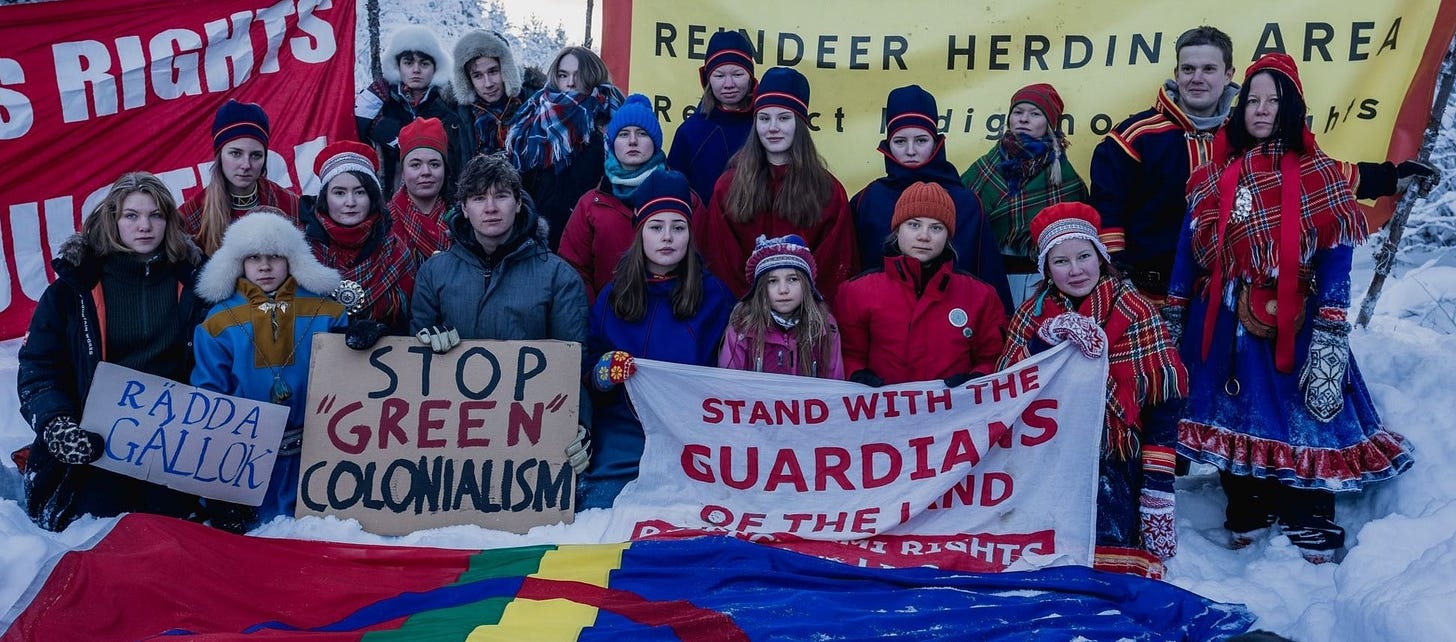
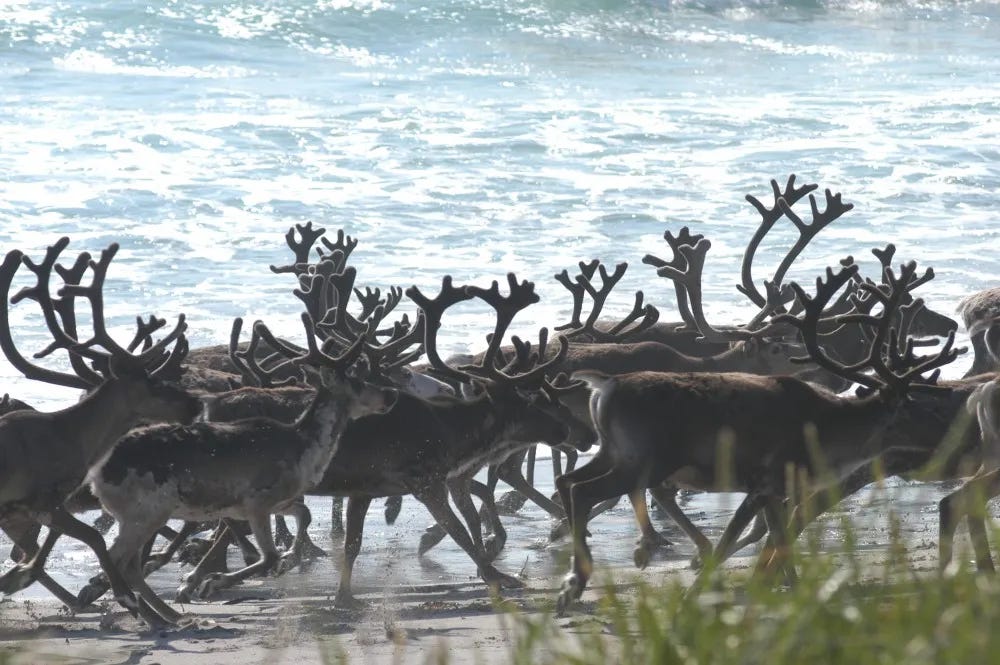

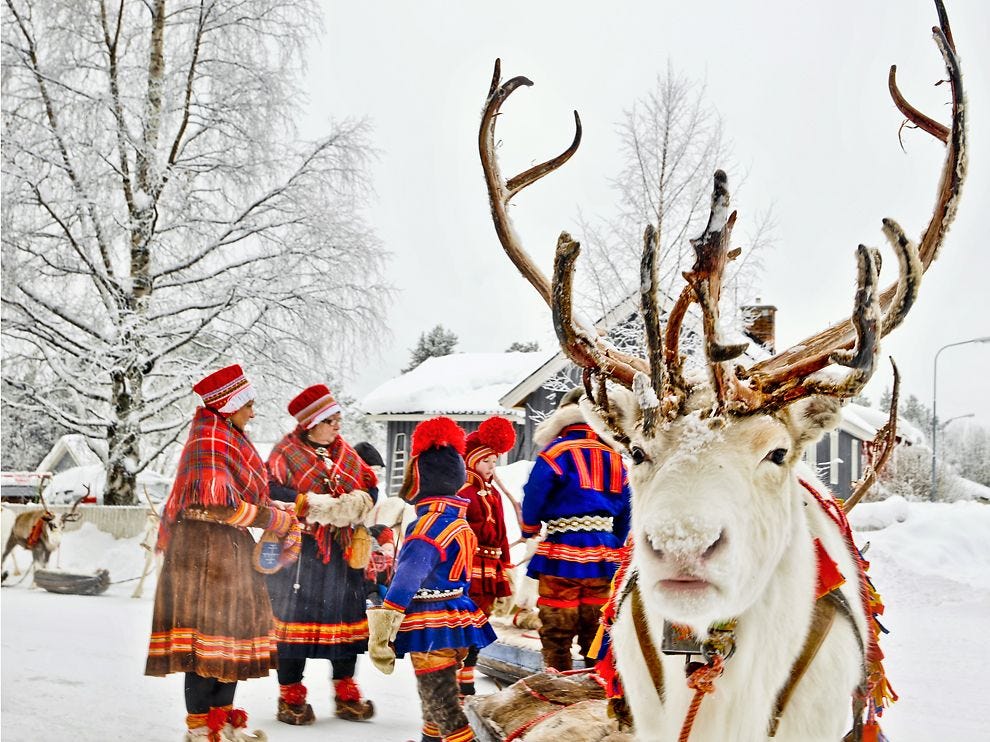

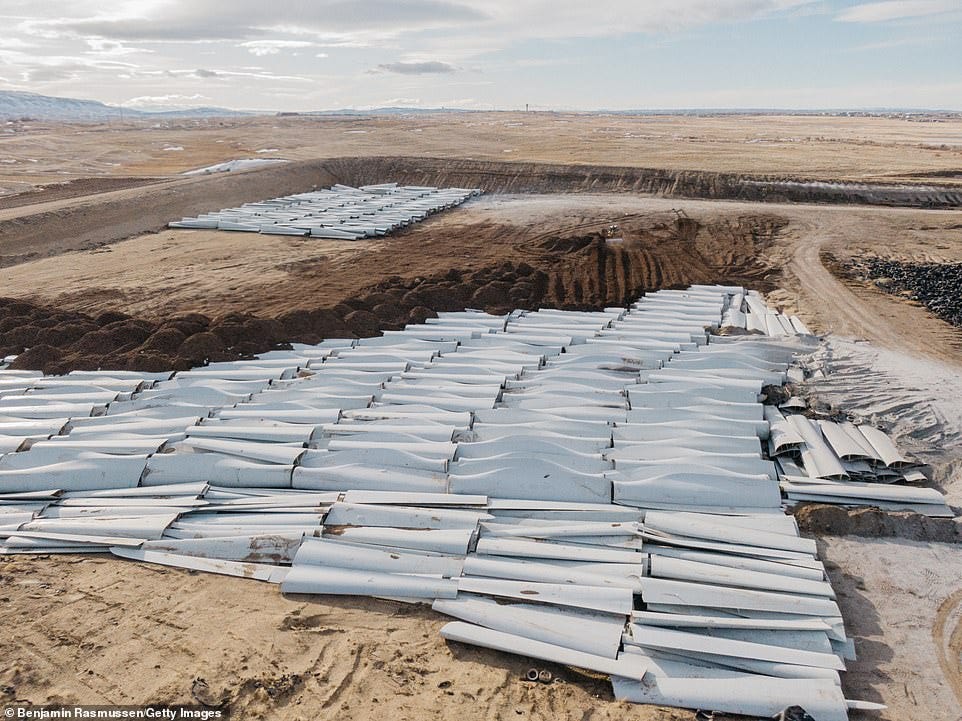




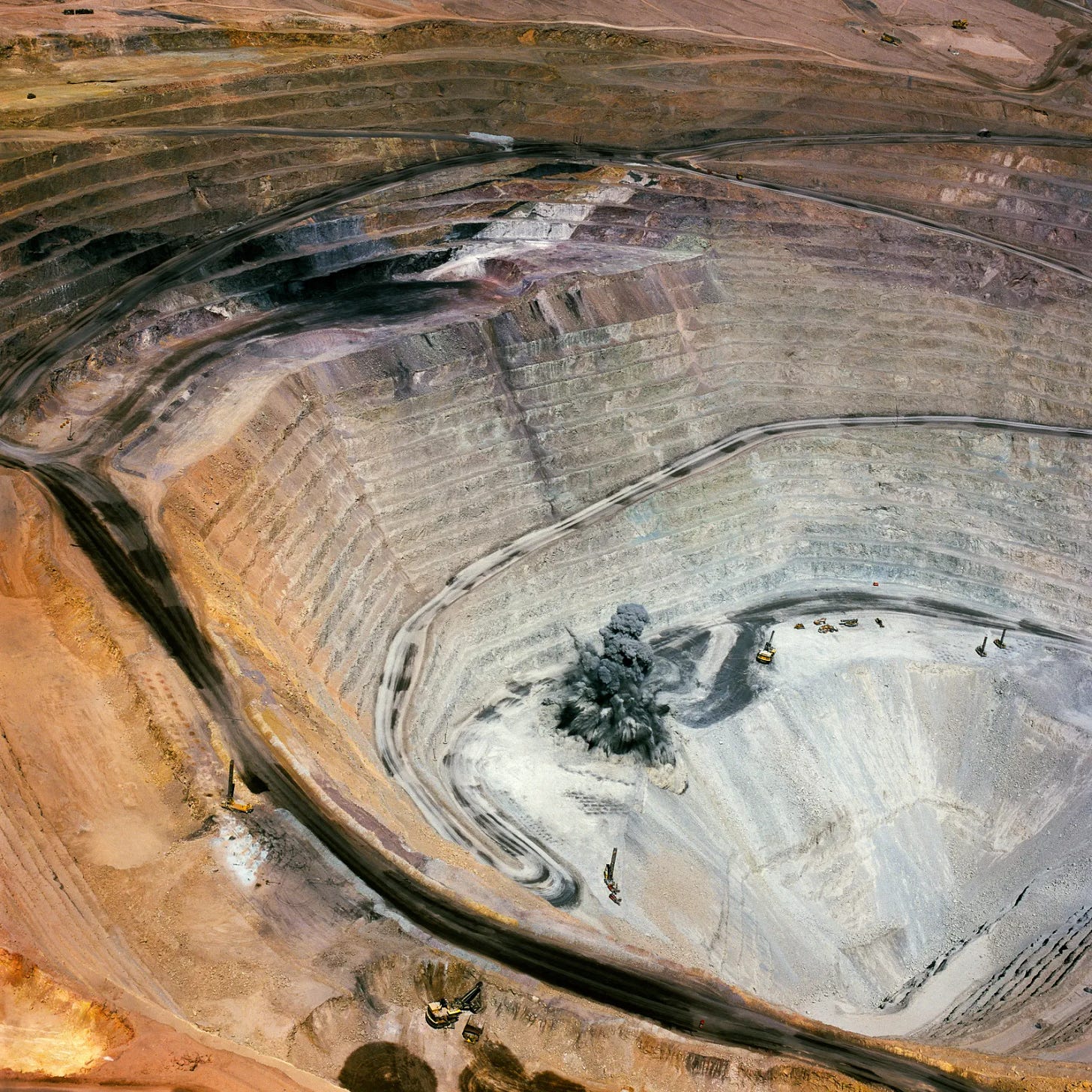
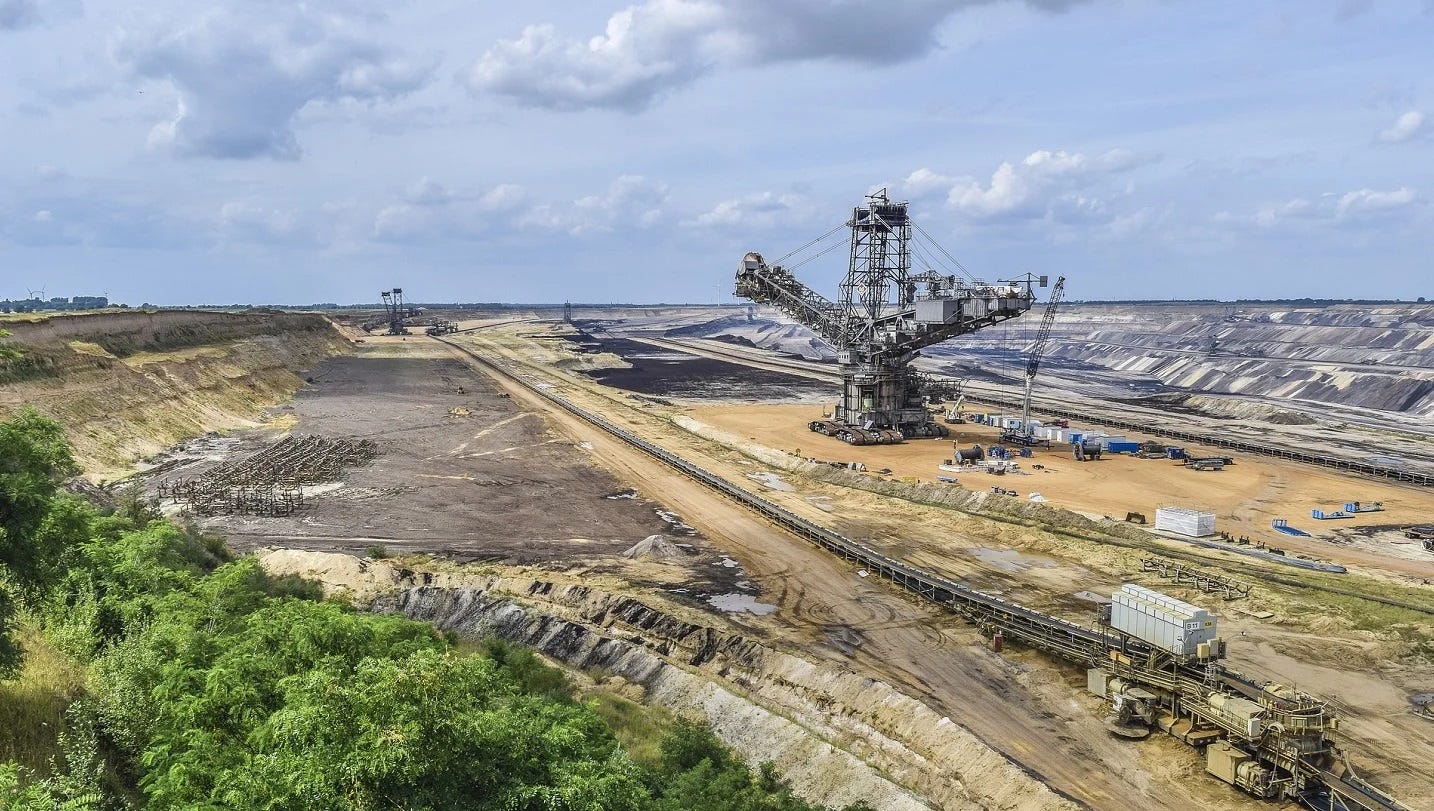
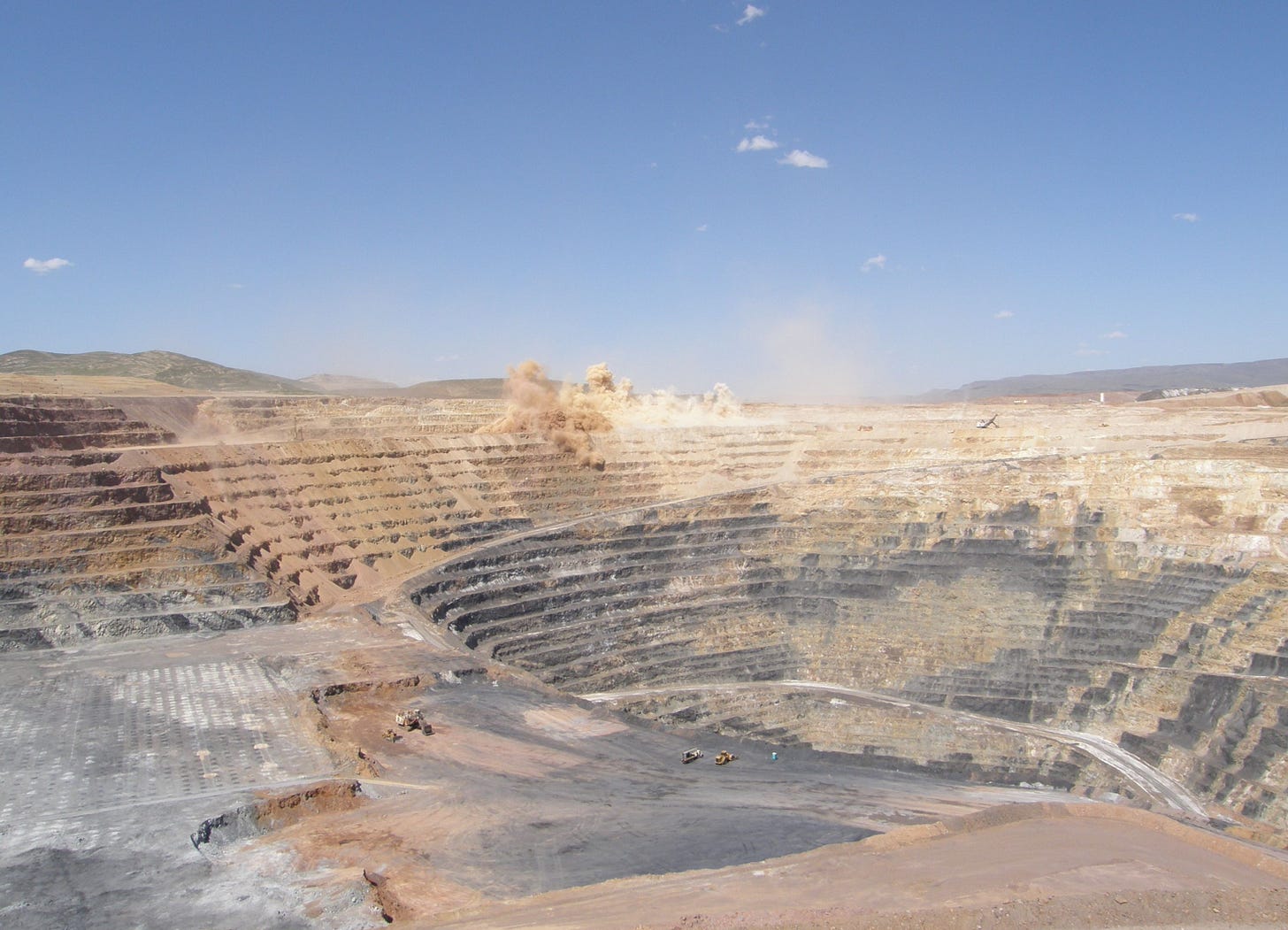

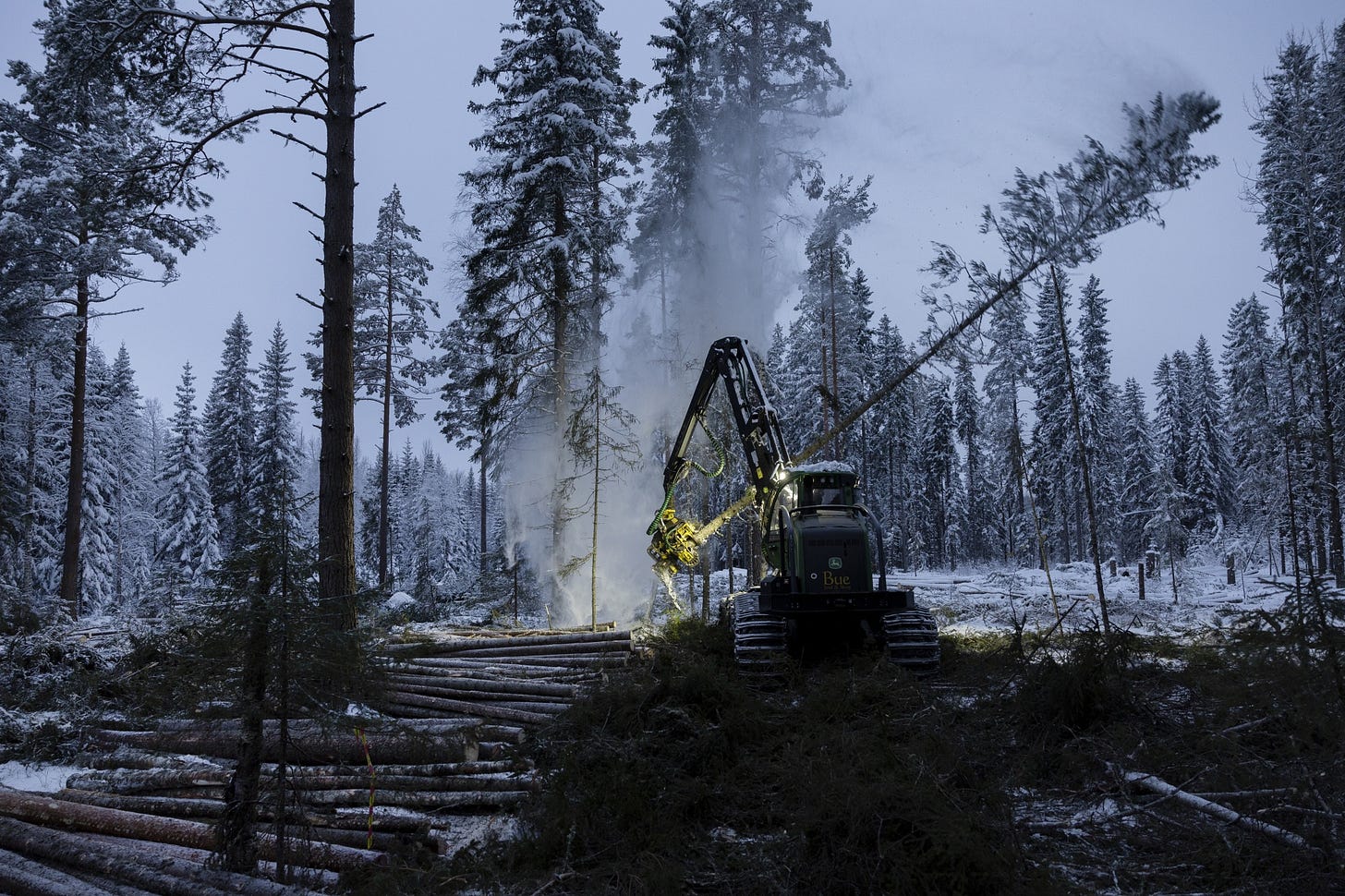
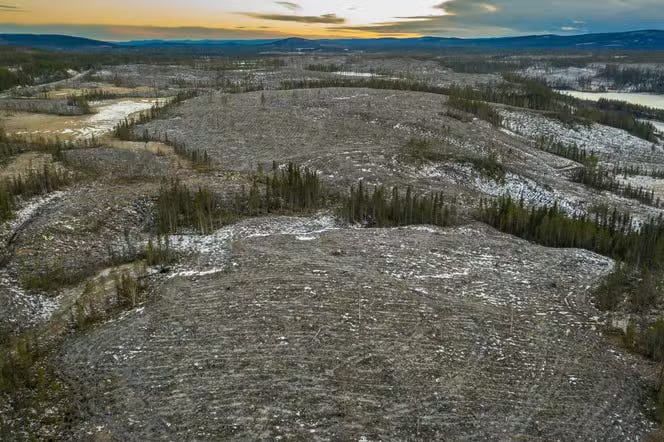
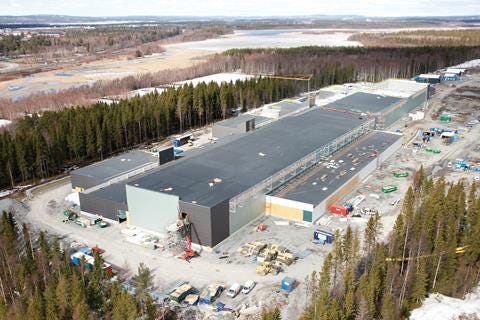
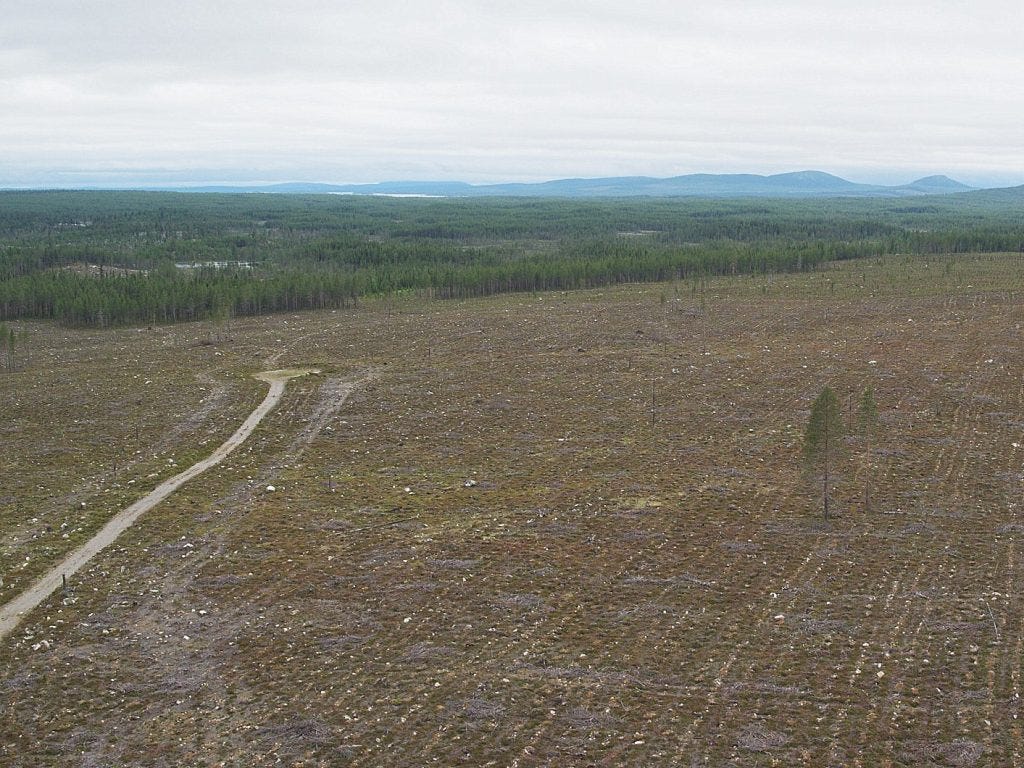
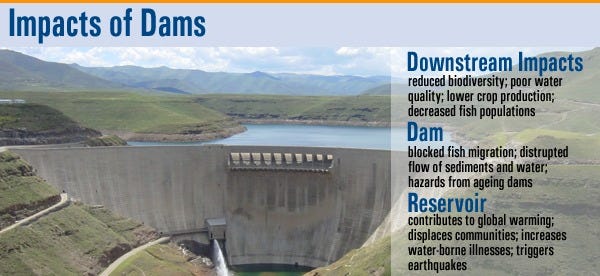

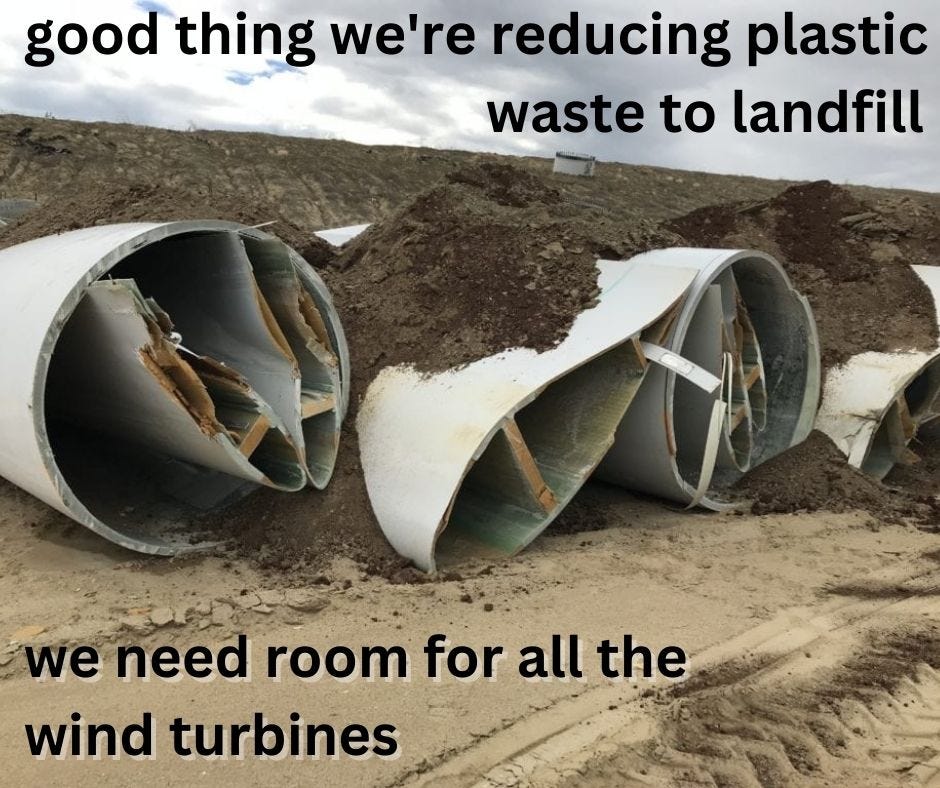

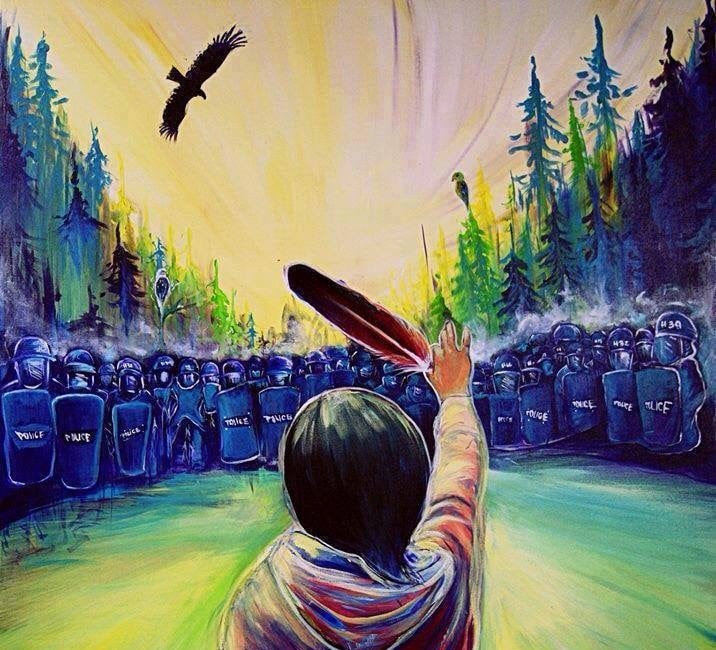





I was fortunate enough to spend a week in Lapland in 1995 where we visited a Sami village and spent the day learning with them. It was a remarkable experience I will never forget. The people were so kind, generous, open. They so appreciated talking about their ancestors and way of life and had genuine curiousity about us. They wanted to show us their art, but not to sell it. We ate reindeer and fought against mosquitoes the size of hummingbirds which didn't seem to bother the locals at all.
I was thinking while reading this what really paves the way for exploitation of lands and the concluion I come to is ownership/capitalization by those other than who are residing on the land. Seems to me that would be a quick an easy fix worldwide: If you are not living on that piece of property, you are not allowed to extract anything from it. Because those actually living there would never treat it like those who are exploiting it.
The key is discerning truth from lies.
The climate cult is based purely on lies and psudeoscience.
The other critical element is objective morality. A people that has knowledge of objective morality/natural law, will not accept immorality. The belief in authority/government as legitimate and necessary is to perpetuate coercion and violence, which is immoral.